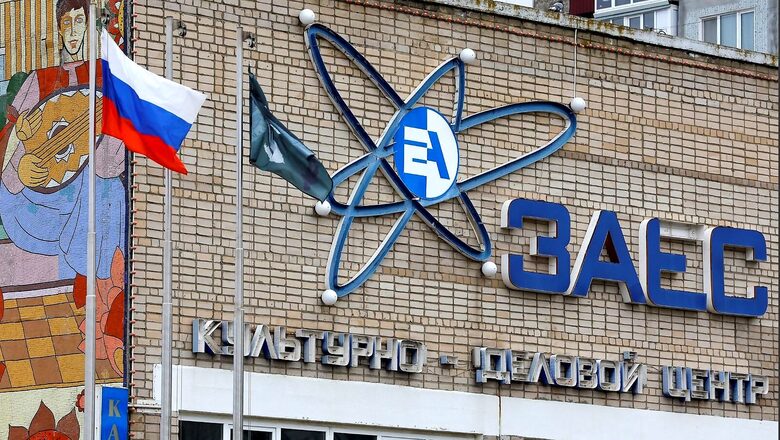
views
Throughout Ukraine, Russian air strikes in recent weeks have brought the country’s energy infrastructure to its knees as winter approaches and temperatures near freezing, spurring fears of a health crisis and a further exodus. However, another threat looms as even European nations rush to provide infrastructure to better the situation – a nuclear one.
Following an unprecedented emergency shutdown on Wednesday, there are growing concerns that Russia’s relentless targeting of Ukraine’s electricity grid will endanger the safety of the country’s nuclear power plants, a report by the Guardian stated.
Ukraine’s Nuclear Power Plants
The largest nuclear plant in Europe, Zaporizhzhia, was seized by Russian forces in March and has been off the grid since September, amid frequent shelling of the surrounding area.
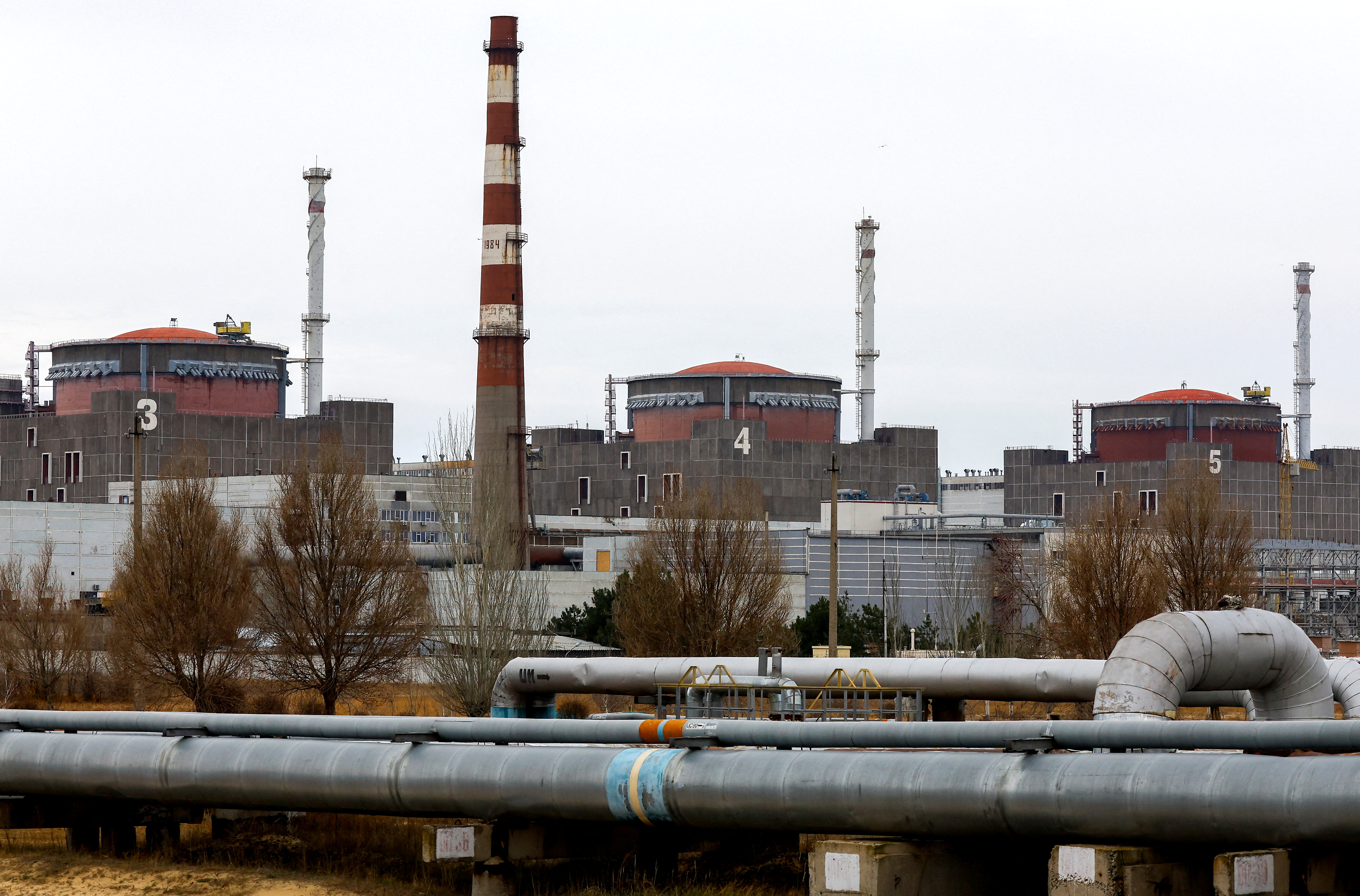
Although Ukraine’s three other nuclear power plants – Rivne, South Ukraine, and Khmelnytskyi – have not been directly targeted in recent Russian missile strikes, their safety may be jeopardised if further attacks on the Ukrainian power grid occur, the report claims.
Russia ‘Zeroes In’ on Power Grids
Nine months after Russia invaded its neighbor, the Kremlin’s forces have zeroed in on Ukraine’s power grid and other critical civilian infrastructure in a bid to tighten the screws on Kyiv, the Associated Press said in its report. Officials estimate that around 50% of Ukraine’s energy facilities have been damaged in the recent strikes.
Moscow insists it is targeting only military-linked infrastructure and has blamed Kyiv for the blackouts, saying Ukraine can end the suffering by agreeing to Russian demands.
Power Cuts
The attacks have necessitated scheduled blackouts and shutdowns across the country, and especially in the capital Kyiv.
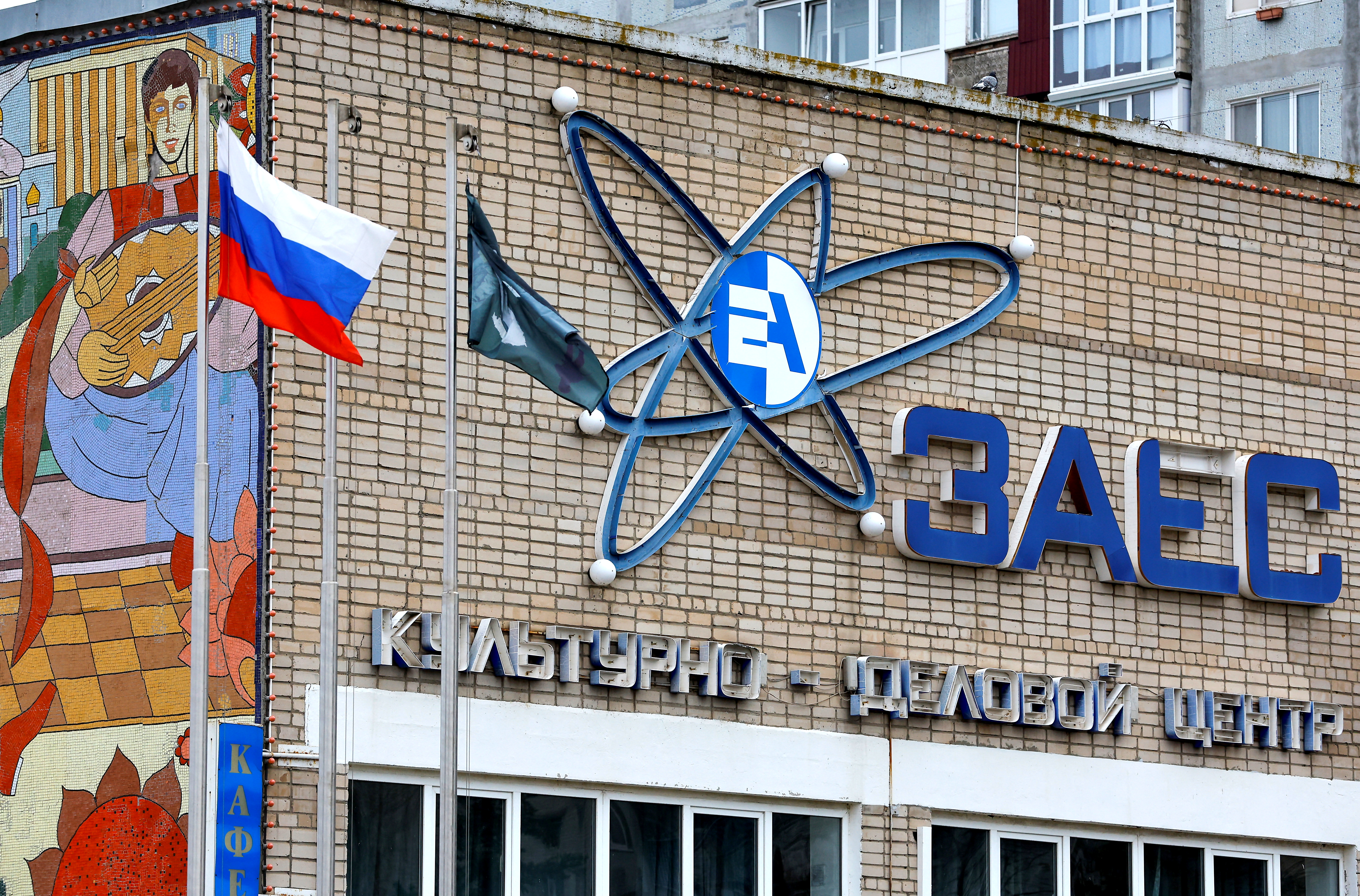
In the capital, where about half of residents were still without power two days on Saturday after Russian strikes hammered the country’s energy grid, engineers worked to restore services. “We have to endure this winter, a winter that everyone will remember,” Ukraine President Volodymyr Zelensky said on social media, as UK Foreign Secretary James Cleverly visited to announce a new aid package.
Ukrainian Prime Minister Denys Shmygal told a government meeting, “Almost all Ukraine’s critical infrastructure has been reconnected.”
Critical infrastructure includes water utilities, heat generation plants, hospitals and emergency services. But Shmygal said ordinary consumers continued to face scheduled power cuts across every region of the country.
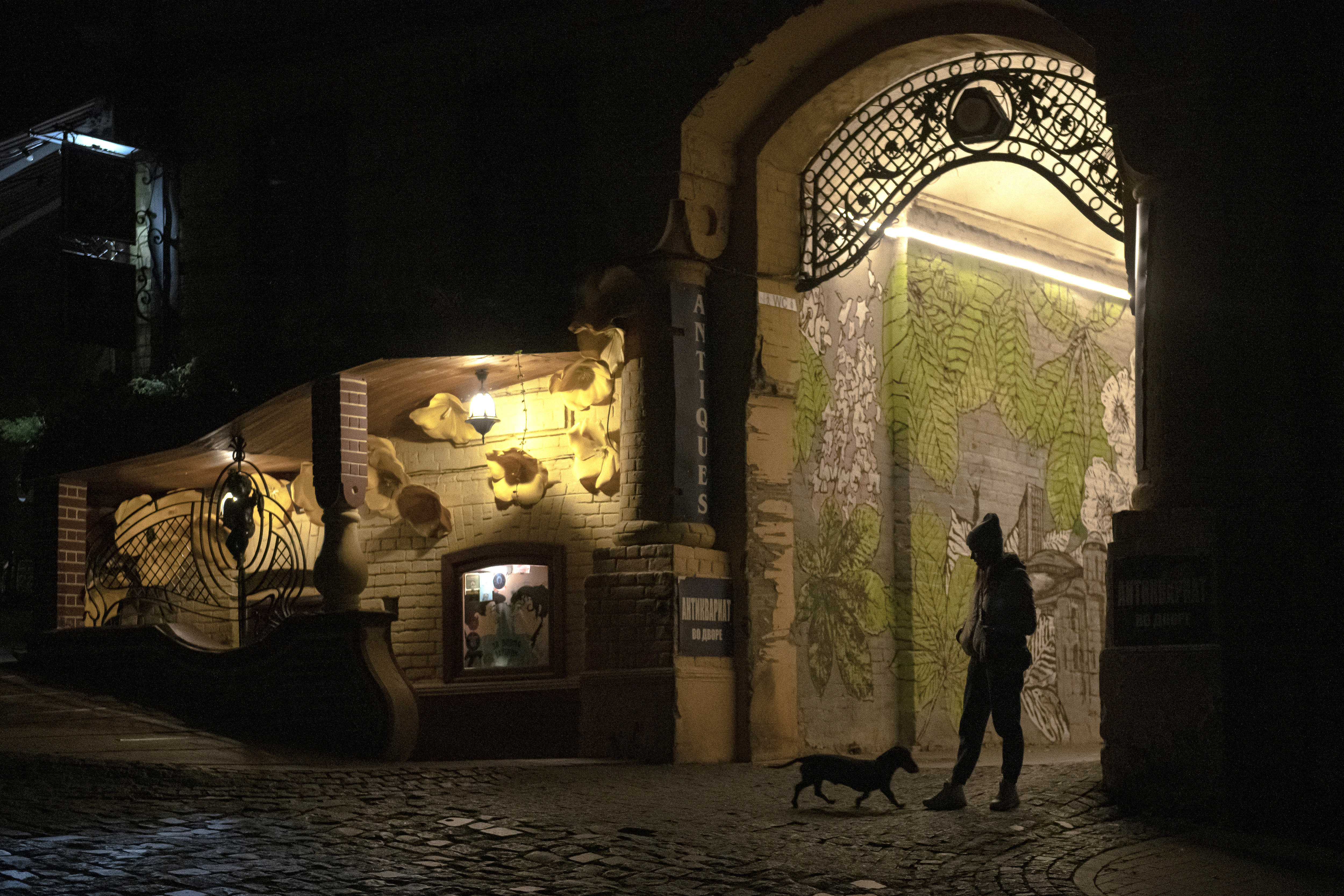
So What’s the Threat to Nuclear Plants?
Missile attacks on high-voltage cables, transformers, and substations last Wednesday triggered the first-ever simultaneous emergency shutdown, or “scram,” of all four nuclear plants.
Rafael Mariano Grossi, the director general of the International Atomic Energy Agency (IAEA), said, “the complete and simultaneous loss of off-site power for Ukraine’s nuclear power plants shows that the situation for nuclear safety and security in the country is becoming increasingly precarious, challenging and potentially dangerous.”
(The International Atomic Energy Agency (IAEA) is an intergovernmental organisation that promotes the peaceful use of nuclear energy while opposing its use for military purposes, including nuclear weapons. Its headquarters are in Vienna, Austria.)
“In the 40 years of operation of the Ukrainian nuclear industry, nothing like that has ever happened,” Kotin said. He emphasised that the plants were built with multiple layers of protection against the type of catastrophic meltdown and explosion that occurred at Chernobyl in 1986, the report by the Guardian said.
When the power grid went down during the attack on Wednesday, the reactors scrambled to isolate themselves, and diesel-powered generators began to power the water circulation through cooling pools where spent fuel is stored.
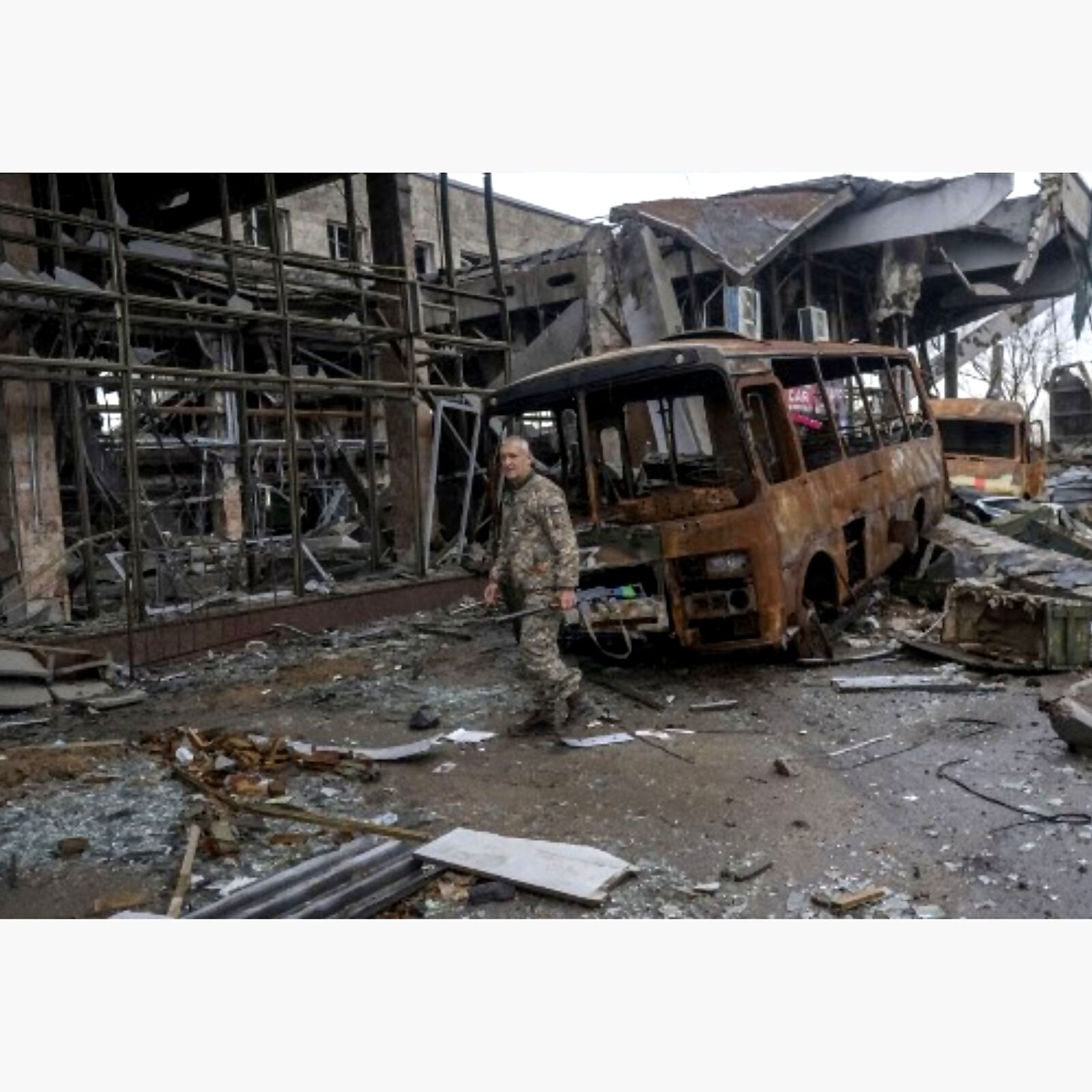
Repeated attacks, however, would place enormous strain on all plant components, from the core to the steam turbines to the generators, as a result of rapid contraction and then expansion when a plant is restarted.
Kotin compared the situation to driving at 200 km/h and then coming to a complete stop. “You have all kinds of consequences, like your valves warping – and there are a lot of valves between the reactor and the turbine,” he explained. Finally, he said, the damage could jeopardise nuclear safety.
‘Each Time the Risks Multiply’
Ukraine’s chief inspector for nuclear safety, Oleh Korikov, stated that each emergency shutdown increased the risks. “Any use of the scram system could result in an accident,” Korikov warned the Observer. “With this shut-down process, the likelihood of some equipment malfunction or personnel error increases.”
The diesel generators can keep the cooling and other safety systems running, but they are incapable of restarting a power plant. After an entire electric power system has been shut down, the process is known as a “black start,” and it becomes increasingly difficult the longer the shutdown lasts.
A complicating factor is that shutting down a nuclear reactor produces an isotope of xenon in the fuel rods that absorbs neutrons, slowing fission and increasing the difficulty of restarting it.
Pressure on Staff
All of this requires considerable skill on the part of the plants’ Ukrainian staff, and the pressure on them is significant, particularly for workers at the Zaporizhzhia plant, who are under armed Russian surveillance, the Guardian report explains.
Early in October, Moscow declared the plant to be on Russian territory and thus subject to the supervision of Rosatom, Russia’s nuclear power company. Employees at the plant have reportedly been put under pressure to sign documents acknowledging that they worked for a Rosatom subsidiary.
Grossi has been attempting for months to negotiate the establishment of a “safety and security protection zone” around the nuclear plant that would prohibit shelling, but Ukraine insists that such a zone be completely demilitarised.
“It is illegal to have heavy weaponry inside a civilian nuclear object.” “They actually use it as a military base to protect their heavy weaponry, which they have installed in the turbine halls of units [reactors] one and two,” Kotin explained. “This is a terrible situation for fire safety.” If there is a fire, you can’t put it out because you can’t get access – all the free space in the turbine halls is taken up by all these vehicles.”
The militarization of the Zaporizhzhia plant adds to the constant strain on the staff, who are tasked with keeping two of the reactors in “hot shutdown” mode – a delicate operation – in order to provide some power and heating to the plant and the nearby town of Enerhodar, where the workforce resides.
“It’s just an incredibly dangerous situation if you have armed people breathing down your neck in the control room,” Mariana Budjeryn, a senior research associate at Harvard University’s project on atom management told the Guardian.
“If you have the three other nuclear power plants without any off-site power, and you can’t restart them because the grid is down, it’s like three enormous ticking timebombs. All of this combined means we’re talking about the most dangerous moment for nuclear security so far,” Budjeryn added.
With inputs from the Associated Press, AFP
Read all the Latest Explainers here

















Comments
0 comment